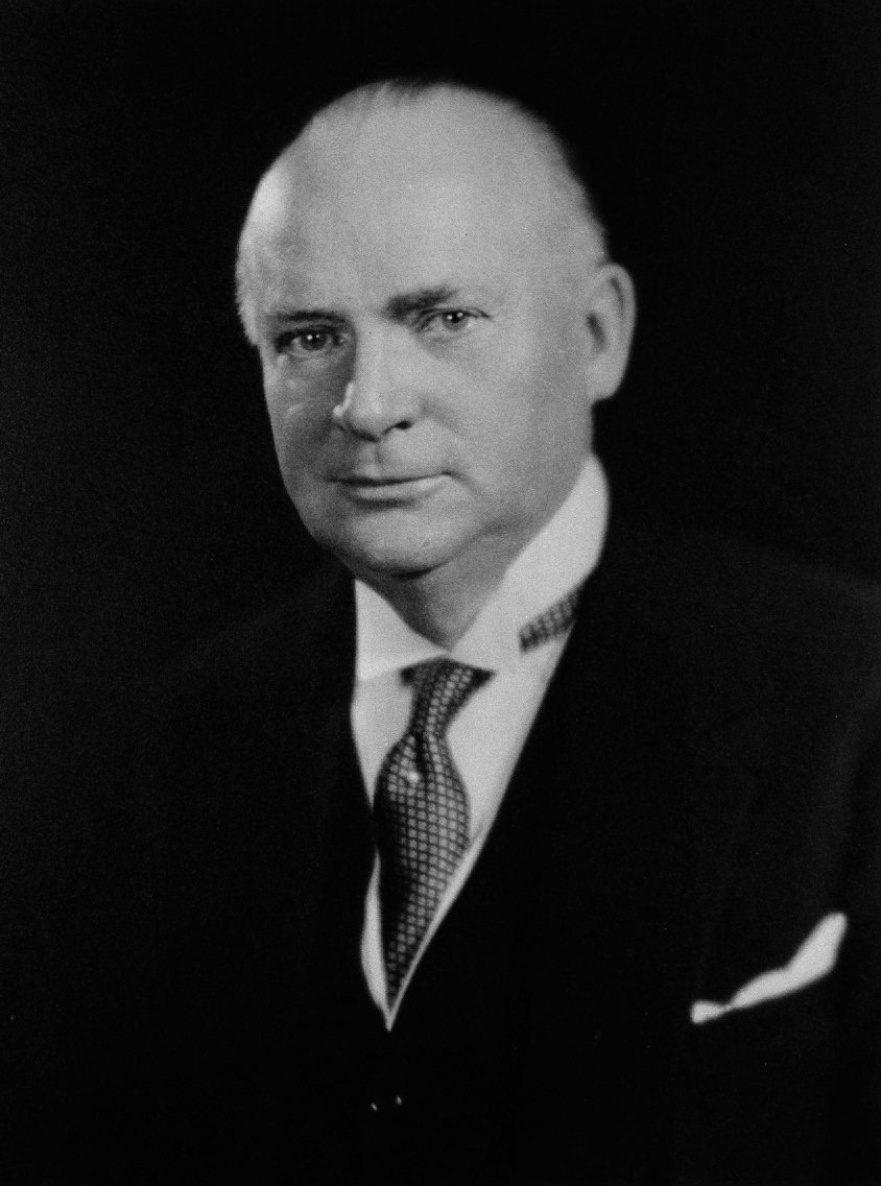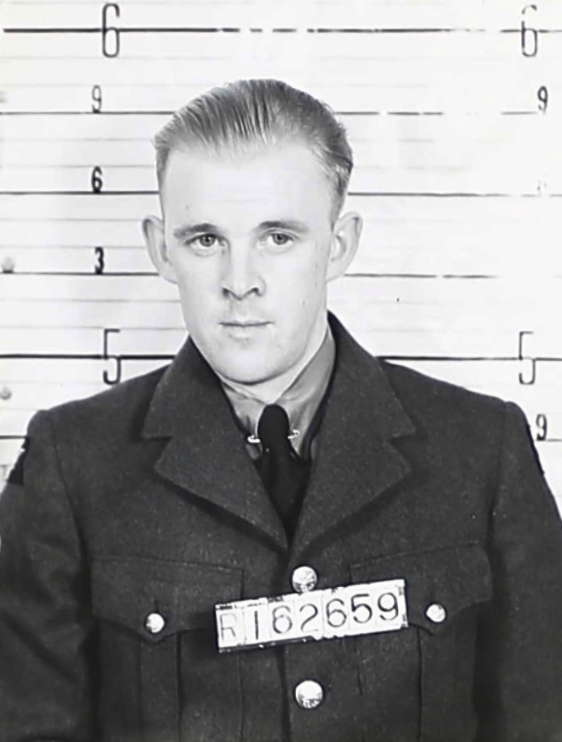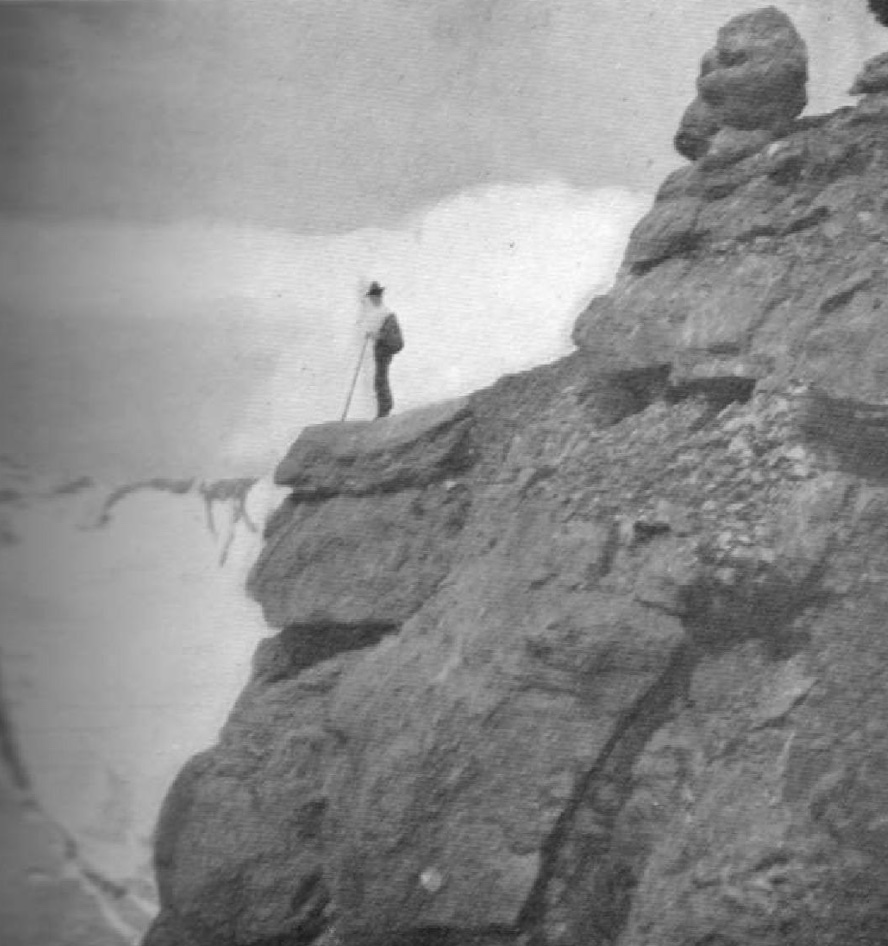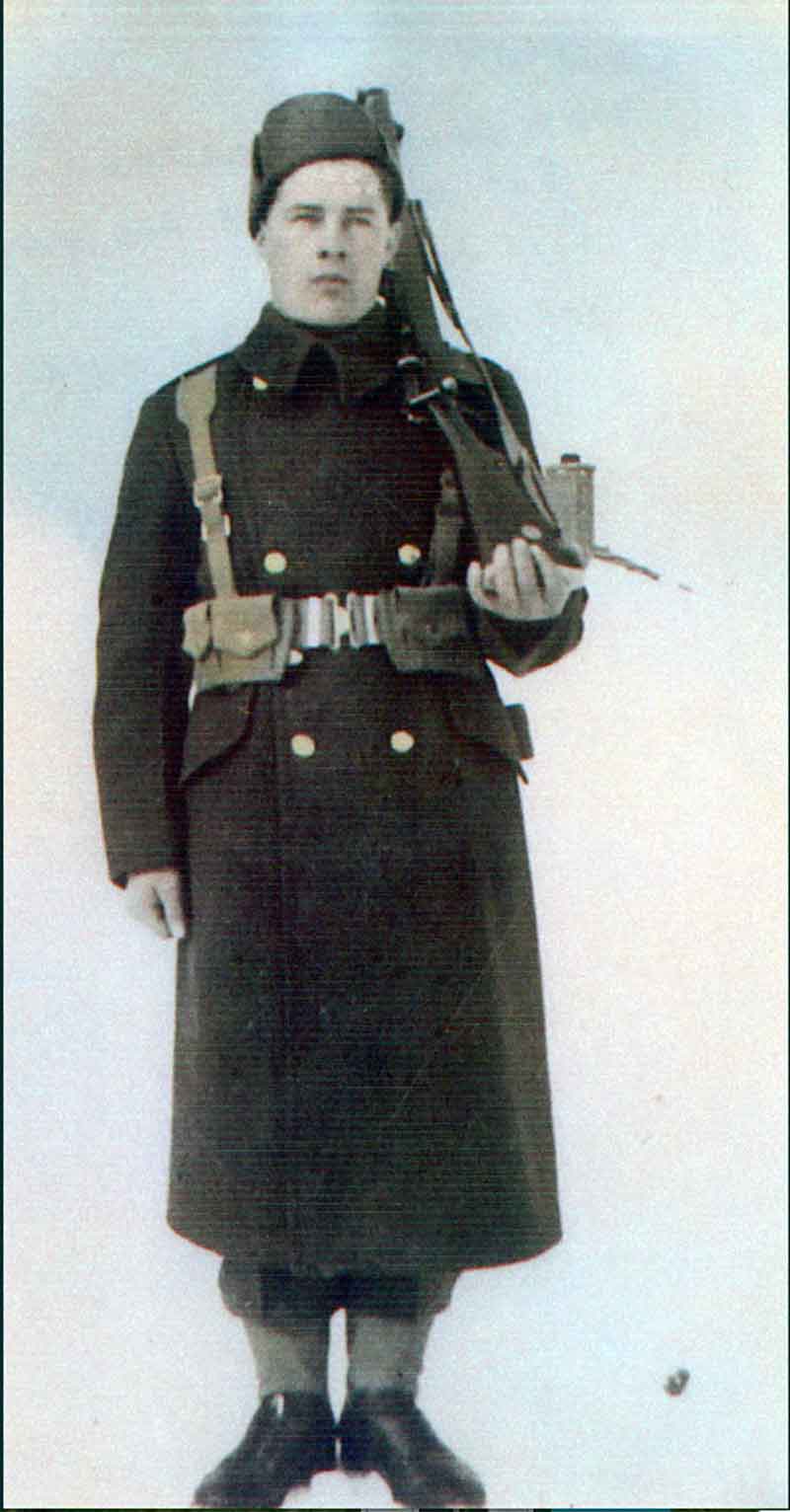John Haldane (Jack) Renshaw [1884-1955], a guide and outfitter by summer, and a trapper by winter, worked out of McBride He was the eldest son of Robert Haldane Renshaw [1853-1931] and Laura Helen Renshaw (Thacker) [1863-1946). Robert was born in California, Laura in Oregon, and they were married in Lake Tahoe, Nevada. Their other children were George, Winnie (MacFayden), Emera [1897-1980], Helena (Lonsdale) [1899-1985], and Robert Haldane, Jr. [1906-1986]. The family came to Canada from Idaho in 1908.
“My father, mother and family followed the building of the Grand Trunk Pacific from Edmonton to Tête Jaune,” wrote Helena Lonsdale in 1977. “I say followed, we were always ahead of the steel, my father ran eating houses, they were never referred to as restaurants or cafes except the first one and that was in Edmonton in 1908. When Tête Jaune closed down in 1913 we moved to 49 (Henningville), which thrived for about a year. We moved from 49 to McBride in the early fall of 1914.”
In 1929 Emera Renshaw married Alexina Roe (b. 1906), a Scottish-born schoolteacher he met at Loos. After homesteading at Loos, they moved to McBride in 1946. Emera, a government log scaler, owned and operated the only pool room in McBride, a business he kept for 20 years. He was a veteran of World War One and was a member of the Canadian Legion and Elks. Alexina ran a cafe, and sold insurance and real estate. She was active in the Royal Purple, the Chamber of Commerce, and the McBride and District Hospital Board. In 1970 the Renshaws and the Lonsdales left McBride for Chase, B.C.
References:
- Cautley, Richard William [1873–1953], and Wheeler, Arthur Oliver [1860–1945]. Report of the Commission appointed to delimit the boundary between the Provinces of Alberta and British Columbia. Part II. 1917 to 1921. From Kicking Horse Pass to Yellowhead Pass.. Ottawa: Office of the Surveyor General, 1924. Whyte Museum
- Cautley, Richard William [1873–1953], and Wheeler, Arthur Oliver [1860–1945]. Report of the Commission Appointed to Delimit the Boundary between the Provinces of Alberta and British Columbia. Parts IIIA & IIIB, 1918 to 1924. From Yellowhead Pass Northerly. Ottawa: Office of the Surveyor General, 1925. Whyte Museum
- Robson Valley Courier. Weekly newspaper published by Pyramid Press of Jasper from 1968–88 (1968–1988).
- MacGregor, James Grierson [1905–1989]. Overland by the Yellowhead. Saskatoon: Western Producer, 1974. Internet Archive
- Wheeler, Marilyn [1932–2016]. The Robson Valley Story. McBride, B.C.: Robson Valley Story Group, 1979
- Wheeler, Marilyn [1932–2016]. The Robson Valley Story. McBride, B.C.: Robson Valley Story Group, 1979





